Rock Springs Uplift and Adjacent Areas (cont.)
4 Rock Springs Uplift (cont.)
4.3 Rock Springs Uplift Middle Units
4.3.1 Rock Springs Formation
The Cretaceous Rock Springs formation is one of the most significant formations of the Rock Springs uplift. Mainly composed of erosion-resistant white-to-brown sandstone, it makes steep cliffs all around the central part of the uplift (Baxter basin); beds of grayish shale and brown claystone, softer, interrupt the cliffs with gentler slopes.
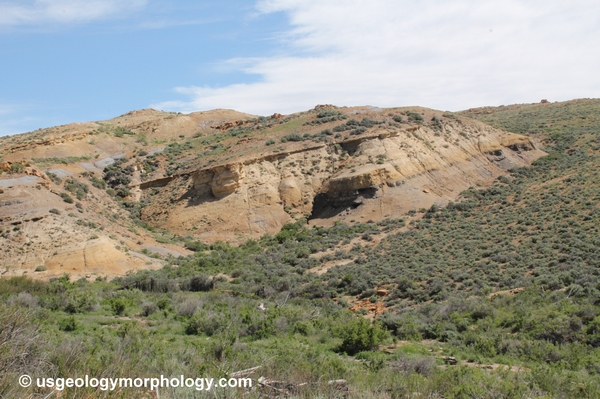
Figure 4-11. Rock Springs formation near Winton.
View to the north-northeast. The Rock Springs formation occupies the whole photo. It has been largely dissected by runoff, but colorful cliffs subsist. The photo was taken in the western part of the Rock Springs anticline, which explains the dip to the left (west). Winton, a ghost coal mine town is nearby.
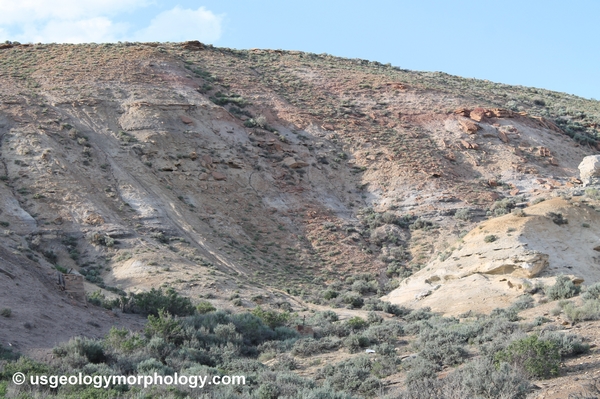
Figure 4-12. Rock Springs formation near East Plane.
View to the northwest. The Rock springs formation occupies again the whole photo. East Plane is another ghost coal mine town, north of Rock Springs, in the western part of the Rock Springs uplift.
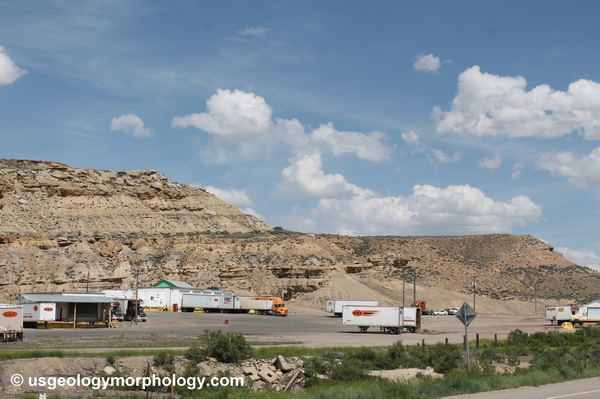
Figure 4-13. Rock Springs formation in the south of Rock Springs.
View to the east-northeast, in the southern part of the city, in the western part of the uplift. The formation beds and their different hardness are very visible on this photo.
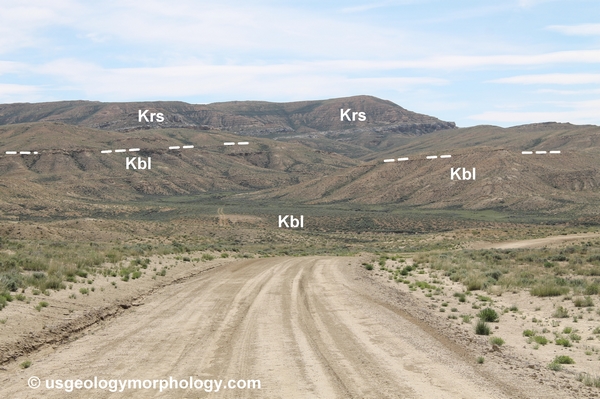
Figure 4-14. Rock Springs formation above Blair formation, eastern Rock Springs uplift, Wyoming
View to the east, west of Superior, in the eastern half of Rock Springs uplift. Rock Springs formation (Krs) resistant sandstone beds rise over the softer shale of the Blair formation (Kbl).
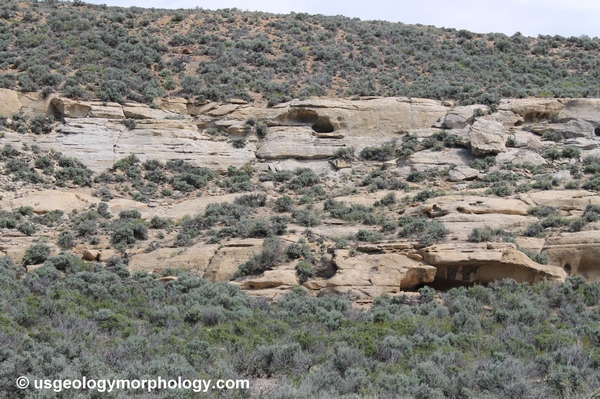
Figure 4-15. Rock Springs formation sandstone.
View to the north, ~1 km west of Superior, in the eastern half of Rock Springs uplift, Wyoming.

Figure 4-16. Rock Springs formation near Thayer Junction, Wyoming.
View to the northwest. On the northern bank of the Bitter Creek, the Rock Springs formation, which slightly dips to the east (right), forms spectacular cliffs, here interrupted at left by Horseshoe Canyon, coming from Superior to the north.
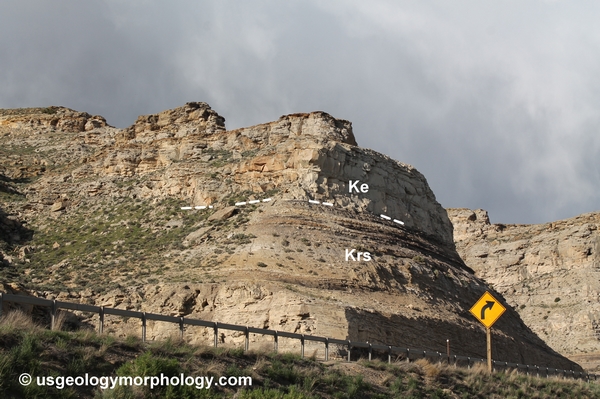
Figure 4-17. Contact between Rock Springs formation and Ericson sandstone west of Point of Rocks, Wyoming.
View to the east-northeast, ~3 km west of Point of Rocks, on the north bank of Bitter Creek, in the eastern half of Rock Springs uplift, Wyoming. Both units dip to the east. About 600 m to the east (to the right, outside of the photo), the Rock Springs formation is no longer exposed. Krs-Rock Springs formation, Ke-Ericson sandstone (Cretaceous).
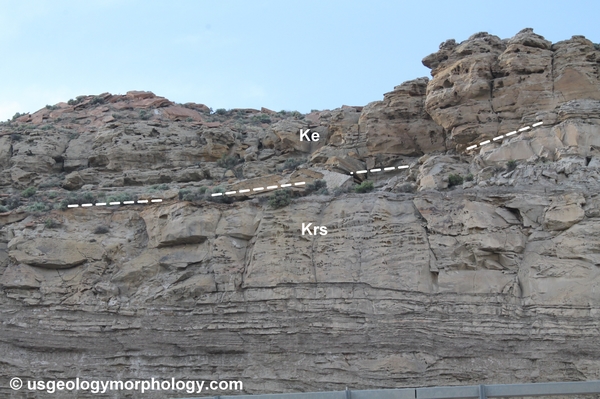
Figure 4-18. Contact between Rock Springs formation and Ericson sandstone west of Point of Rocks, Wyoming. Close-up.
View to the north in the same location as the preceding figure. Same abbreviations.
